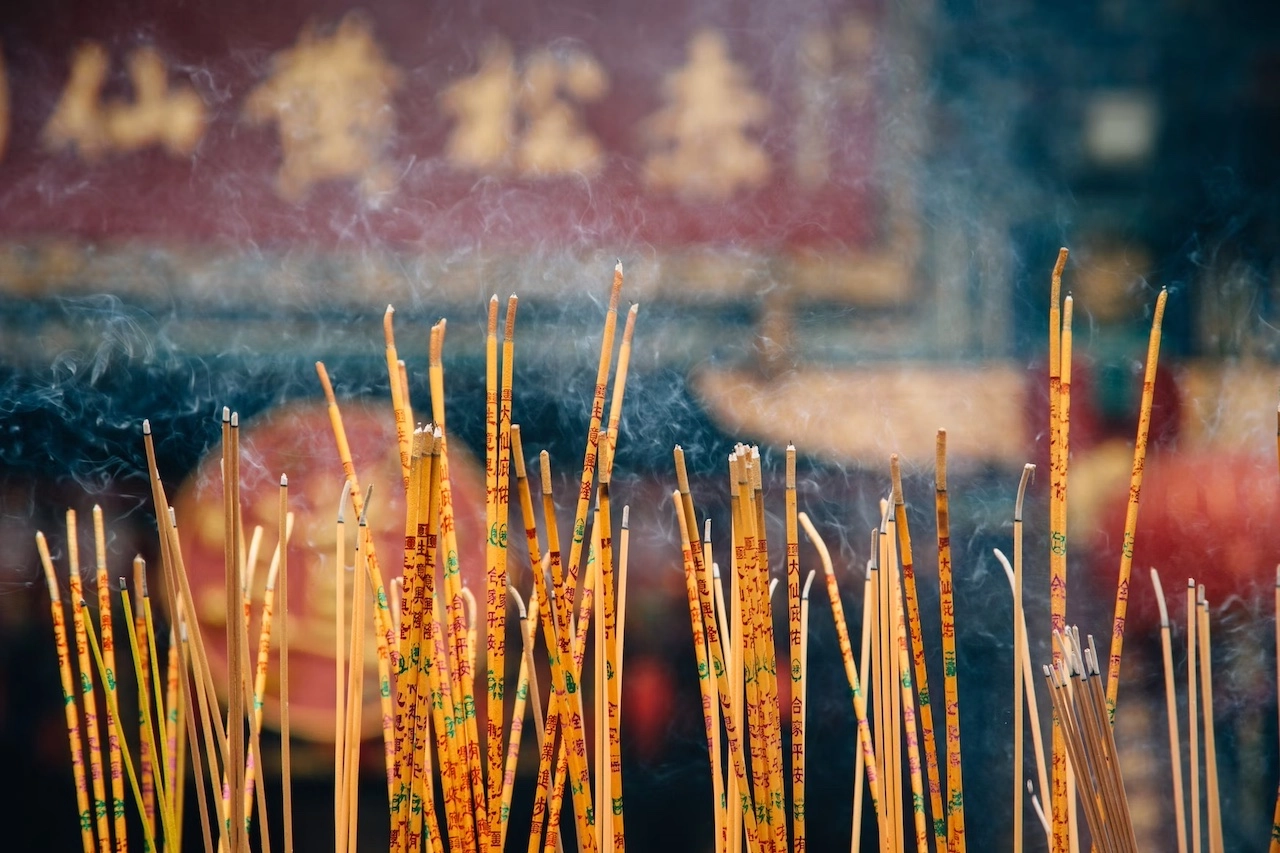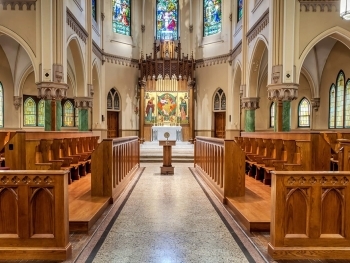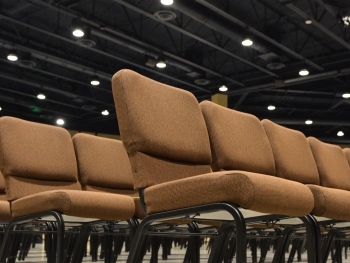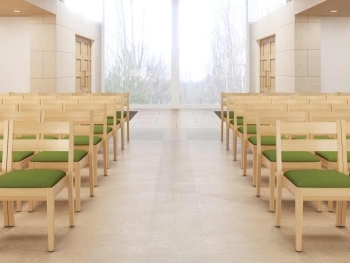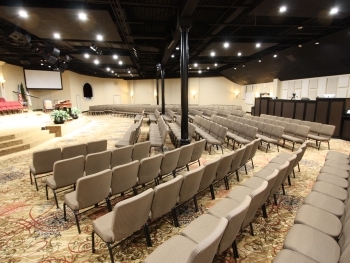Rituals have been an integral part of human societies since time immemorial, providing a framework for cultural expression, spiritual connection, and communal identity. Across continents, diverse civilizations have developed unique and sacred rituals, each reflecting the beliefs, values, and traditions of its people. This comparative exploration delves into the tapestry of sacred rituals, unraveling the threads that connect and distinguish these practices across continents.
I. Asia: The Tapestry of Spiritual Harmony
- Hinduism in India: The Rich Tapestry of Puja India, with its vast cultural diversity, is home to Hinduism, a religion that embraces a myriad of sacred rituals. The Puja, a worship ritual, takes various forms and is conducted in homes, temples, and community spaces. Through intricate ceremonies involving offerings, chanting, and meditation, devotees establish a profound connection with deities, seeking blessings and spiritual guidance.
- Shintoism in Japan: Honoring Kami in Nature Shintoism, deeply rooted in Japan's spiritual landscape, involves rituals that celebrate the presence of kami – spirits inhabiting natural elements. The Kagura dance, performed at Shinto shrines, is a mesmerizing ritual where dancers embody the divine, fostering a harmonious relationship between humans and nature.
II. Africa: Ancestral Reverence and Communal Bond
- Yoruba Culture in Nigeria: Olokun Festival The Yoruba people of Nigeria honor their deities through festivals like the Olokun, celebrating the goddess of the sea. Rituals include vibrant processions, dance, and offerings, creating a sacred atmosphere that reinforces the connection between the community and its ancestral spirits.
- Maasai of East Africa: Adumu, the Jumping Dance The Maasai people of East Africa perform the Adumu, or "jumping dance," as a rite of passage and a form of communal bonding. Through synchronized jumping, the Maasai strengthen social ties and express unity, echoing the cultural importance of collective identity in their society.
III. Americas: Indigenous Wisdom and Spiritual Resonance
- Navajo Nation in the United States: The Blessingway Ceremony The Navajo Blessingway ceremony is a sacred ritual focused on healing and spiritual protection. It involves prayer, song, and symbolic acts to invoke blessings for individuals facing challenges. Rooted in the Navajo worldview, this ritual connects individuals to their cultural heritage and the spiritual essence of the world.
- Inca Civilization in Peru: Inti Raymi, the Festival of the Sun The Inca civilization in Peru celebrated Inti Raymi, a festival dedicated to the sun god. Rich in symbolism and pageantry, the ritual included processions, music, and offerings to honor the sun, ensuring agricultural fertility and the well-being of the community.
Sacred rituals serve as bridges between the tangible and the intangible, providing a means for individuals and communities to connect with the divine, nature, and one another. As we traverse the continents in this comparative exploration, the richness and diversity of these sacred practices become apparent. Despite geographical and cultural disparities, the common thread weaving through these rituals is the human quest for meaning, connection, and a sense of the sacred in the tapestry of life. Through this understanding, we can appreciate the beauty of our shared humanity and the myriad ways in which we express our reverence for the sacred across the globe.
